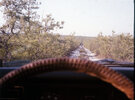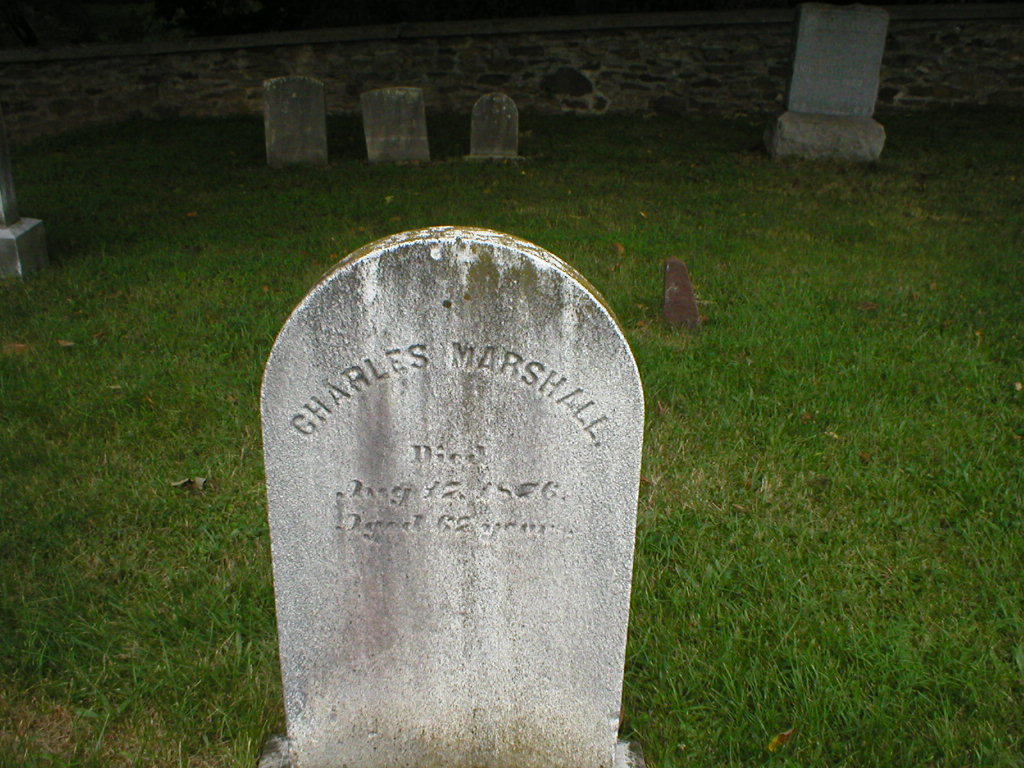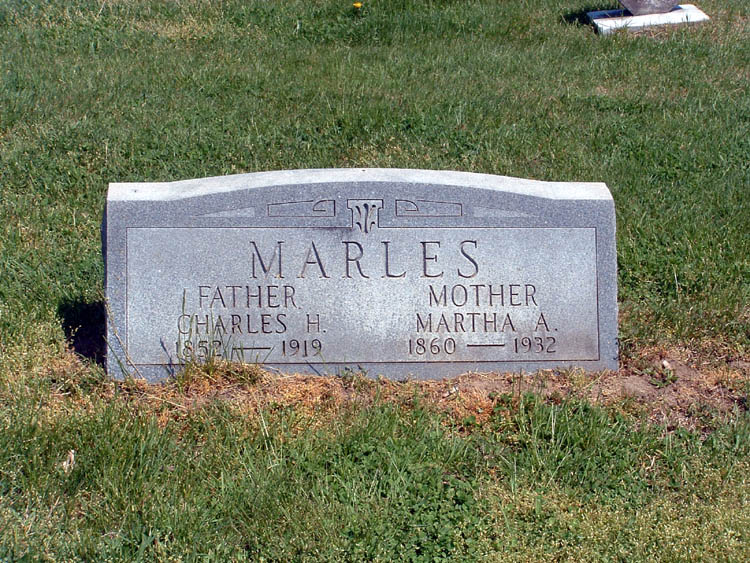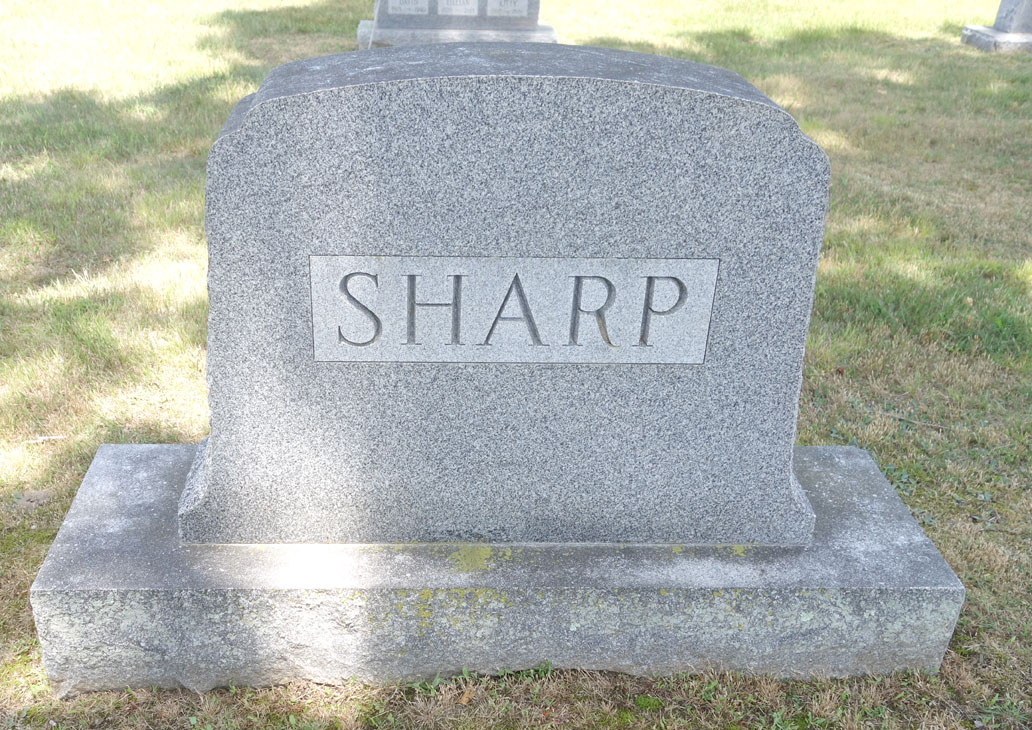One of the most mysterious characters Beck encountered in his travels was Dolph Arens, who in the "Adventure of Aserdaten" chapter of Jersey Genesis was the caretaker of the Eureka Gun Club at Black's Bridge which formally was the Chiselers Club and before that Tilly Collins. And before that it was the home of Zebulon Collins who is residing in the Hollowfield Cemetery at Ten Mile Hollow. Anyway, Dolph has always interested me, maybe just because he was able to show Beck Black's stone. With that in mind lets learn a little more about Dolph Arens, the Chiselers Club, and various other characters. Also keep in mind that I / we are also trying to figure out when Beck actually met Dolph at the club. Remember, when Beck talked with Dolpf in the "Adventure of Aserdaten" (Page 179 in my book) Dolph said the gun club they were in was the EUREKA club, formally Chiselers.
1914
In regards to Dolph's name, Beck spelled his first and last name wrong. Dolph Arens name is actually Adolf Arends, born in German on January 27, 1878 He eventually made it to Waretown living on the Old Road which I suspect is Route 9. He would marry his wife Ella and by 1914 they both were working at Donnelly's Hotel in Waretown. Adolf was the bartender, and Ella was the housekeeper, and she at least had been working there for 18 months when the owner of Donnelly's came to the conclusion she was stealing. Armed with a search warrant, Donnelly and the police entered the Arends home and found the items they were looking for. They consisted of a black walnut bedstead, a glass vase and a glass of crab apple jelly. By September 1914 she was indicted by a grand jury and went to trial. By October she was exonerated and charges were dropped on the grounds that it had not been proven that the goods were stolen.
So at this point we move to 1933 and Beck visits Blacks Bridge. We know this because Beck's newspaper article describing the Chiselers Club and Blacks bridge, as well as a photograph there, was published on April 11, 1933. If he had met Adolf Arends who was the caretaker of the Chiselers club at this point is uncertain; however, keep in mind what I mentioned in the first paragraph about Eureka.
1933
On Monday evening October 23, two individuals, Joel Ridgeway and Clarence VanNote from Bamber had approached Arends at the club to borrow money but were turned away. On Tuesday morning when Arends arrived at the club he found the place burned to the ground. Arends, obviously enraged, notified the state police who found automobile tracks and traced them to Ridgeway and VanNote.
Ridgeway and VanNote admitted to being there but claim the fire was an accident, not arson, which is what they were charged with. The building which was the old Tilly Collins homestead is described as a two-story, six-room frame dwelling that was one of the oldest structures in the county. By March of 1935 Ridgeway would begin a six months jail sentence for theft of carpenter's tools owned by a contractor who was building a bridge on Lacey Road. The tools were found buried in the woods. And by the middle of December VanNote would begin a 90 day jail sentence for not paying a $100 fine for using larger than the legal size shot while hunting. As of yet I have not found if they were charged on not for the arson.
I have to assume that either the Chiselers club was rebuilt, or there was another structure at the location that they could use as the gun club. It still was in use and still called Chiselers as you will see below
1935
If you did not know, Coyle Field along Route 72 is named after Col. Leonidas Coyle, a long time fire warden in NJ. On Saturday May 18, 1935 a 900 acre fire had been brought under control, and at dawn on the day after, Coyle and his pilot flew over the area observing that the fire heading towards Bamber was also out. They then returned to the landing field. At 11AM, on a second flight, Coyle noticed a fire springing up near Bamber. This new fire was 4.5 miles from the previous fire, and near the Chiselers hunting club. Coyle felt it was impossible for this new fire to have started from the previous fire, so he dropped to 150 feet and flew towards the fire. He then noticed spot fires, springing up about 250 feet apart along the roadway to the Chiselers club. Some of the spot fires had merged and as he passed the last fire he noticed a man starting a fire there with a car nearby in a gravel pit. With the fire going into the wind Coyle was certain the man was an arsonist. He took note of the peculiar paint scheme of the car but did not get a good look at the mans face. After landing nearby, Coyle could not find the car in question so he notified the state police.
With the description of the vehicle the authorities were able to go directly to the home of the suspected arsonist who lived in Waretown. That person was none other than Adolf Arends, the caretaker of the Chiselers club, and the man we all read about in Beck's Aserdaten chapter. When questioned, Arends quickly mentioned there was another man with him and they had been at the Chiselers gun club. Arends and Oscar Brown were arrested, spent the night in jail, and released on $1000 bail. Both men claim they were setting backfires but Coyle stated the fires were set to run with the wind and not against it. Coyle's testimony was corroborated by the pilot of the plane. Both Arends and Brown pleaded not guilty and awaited grand jury action. The fire burned 25,000 acres threatening to destroy Forked River, Barnegat and the hometown of both suspects, Waretown. It took over 1000 firefighter to put out the blaze. The cost of the damage was $250,000, covered many square miles, and Coyle called it the greatest forest fire in years. There were two injuries reported, a firefighter from Waretown was severely burned in the explosion of a gasoline torch used in backfiring, and a C.C.C person of color was bitten by a snake.
The facts of this story looked pretty bleak for Arends and Brown, but luck was on their side, when in September of the same year the grand jury voted no bill in the charge against Arends and Brown. Coyle had said he was not able to distinguish the faces of the men when he looked down, and that may have been the reason they were cleared.
And one final note for the year 1935, Clarence VanNote mentioned above as one of the the arsonist of the Chiselers gun club, was arrested for fighting and charged $100. He apparently did not learn his lesson.
With all of this in mind we can see that the Eureka gun club was never mentioned, only the Chiselers. This tells me Beck meeting Adolf at the gun club most likely took place long after Adolf was charged with starting the fire. At the time, Beck most likely did not even know that and may never had known that.
Today, Adolf Arends and his wife Ella reside in the Cedar Grove Cemetery in Waretown. Next to them is most likely a son.
The 1940 census is interesting. It shows Adolf as 62 and head of household, but the only other household member is a 40 year old housekeeper, also from Germany. His occupation was foreman community construction.
20190514141254)
www.hagerty.com








